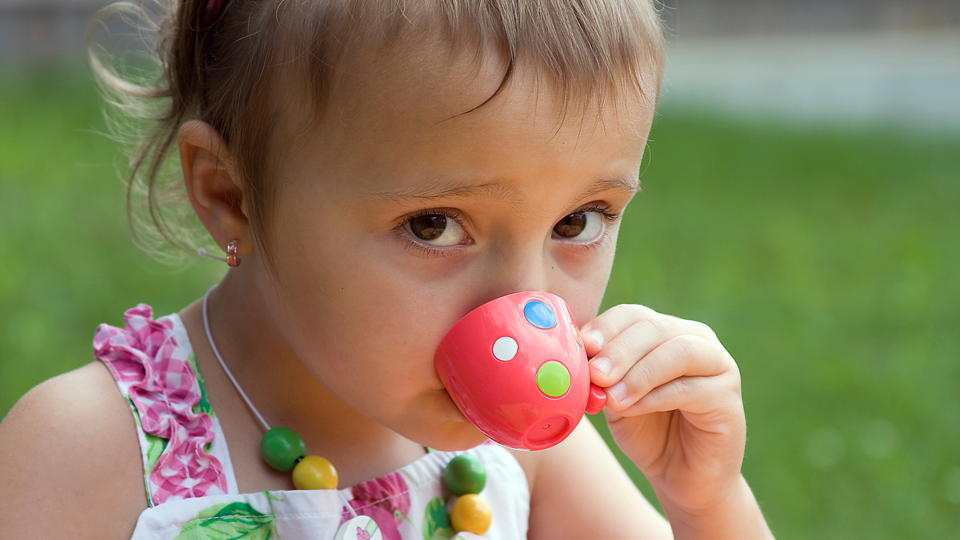Bringing their best behavior

The time you spend with your child is filled with opportunities to talk about appropriate behavior.
Rules about good behavior and civility are both written and unwritten—and developing them is a lifelong skill. Good manners demonstrate an awareness of the needs of others, as well as sensitivity to social situations. Teaching your child manners does not require setting aside special time.
The time you already spend with your child can be filled with opportunities to talk about appropriate behavior.
Please and thank you…
Children begin to learn social behaviors at a young age. Most parents are quick to incorporate "please" and "thank you." Once your child has mastered these basics, incorporate other rules of etiquette, such as:
- Shake hands when greeting or being introduced to people.
- Look people in the eye when they are speaking.
- Say “hello” in a pleasant voice.
- Listen and do not interrupt when people are speaking.
With regular reinforcement, children readily accept and learn to automatically adopt these behaviors into their daily routines.
Respect for others
Manners are an important part of showing respect towards others and making them feel comfortable. Talk with your child about how he likes to be treated: How do you feel when your teacher cuts you off in the middle of a sentence? Don't you feel good when someone says hello to you? How does it feel when someone doesn't thank you after you've done a kind thing? Engaging your child in such discussions will increase his sensitivity and influence how he behaves toward others.
Modeling manners
A child takes cues from how parents relate and interact with people. When interacting with children, parents should apply the same rules they use when interacting with adults. Children also observe how parents respond to people with differences. They notice that they are patient with someone who is slower, needs assistance, or struggles with language.
Cultural variations
All manners are rooted in culture and some cultures may practice social behaviors that differ from mainstream ones. Manners also vary from family to family and community to community. Adopt manners that are comfortable to you and that are valued in your community while preserving your own cultural traditions. Discussing with your child examples of different cultural practices will make your child better prepared to properly gauge and respond to situations he encounters in the real world.













